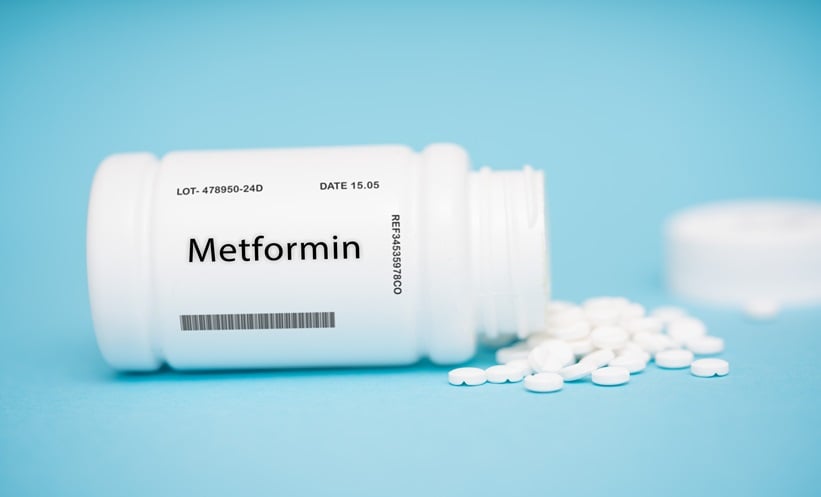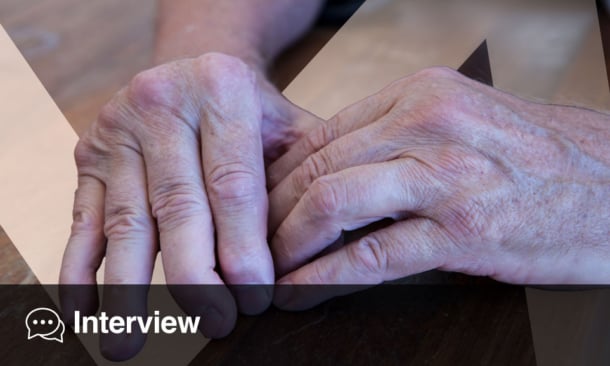Jeffrey A. Sparks | Associate Physician, Brigham and Women’s Hospital, Boston, Massachusetts, USA; Assistant Professor of Medicine, Harvard Medical School, Boston, Massachusetts, USA
![]()
What led you to pursue a career in rheumatology and population science?
I confess that serendipity was a main driver of my career path. In college, I was a physics major with an interest in humanities. Medical school seemed like a great way to meld my interest in science and people, while also delaying an ultimate career decision. I entered medical school vaguely thinking that radiology may be interesting, but I quickly figured out that I wanted to be ordering the imaging test as an internal medicine physician. During residency, I first became exposed to clinical research. I never found bench research enticing, so I thought it was really exciting that patient and population level data could be used to ask and answer questions of immediate clinical relevance. I became interested in rheumatology at the tail end of residency at Washington University in St. Louis, Missouri, USA. After deciding I wanted to give clinical research in rheumatology a try, I was lucky enough to match at Brigham and Women’s Hospital, Boston, Massachusetts, USA. I hit the lottery with a great mentor, Elizabeth Karlson, in a great research section, the Section of Clinical Sciences, led by Daniel Solomon. I also completed a Master of Medical Sciences degree at Harvard Medical School, Boston, Massachusetts, USA to obtain training in epidemiologic and patient-oriented research. Papers in fellowship led to grants to support my junior faculty salary, which led to more papers and grants. All in the blink of an eye!
How does your involvement as a member of an editorial board contribute to increased awareness in rheumatology?
Editorial boards have been extremely helpful to help hone my science, and understand the state-of-the-art in methods and topics. Peer reviewing and editorial roles have really crystallised how to structure my papers to efficiently tell the story of the study. However, the process can be humbling, and sometimes luck is just not on your side. As in other specialties, the number of journals and paper submissions have grown in recent years. The quality of papers has really helped visibility of rheumatology and attracted talented trainees to our field. I think trainees see the many opportunities that rheumatology offers to study the immune system and musculoskeletal health.
Over the years, you have received many research awards. What is the moment in your career that you are most proud of, and why?
As a physician–scientist, it sometimes can feel that the clinical and research sides of my work live in distinct phases. One of the proudest moments was the first time that a patient travelled to see me in clinic solely based on a research paper (ironically, one of my least cited), and thanked me for doing this research that helped them. I genuinely had not considered that this moment could even happen, so I felt immediate gratitude and inspiration to pursue clinical research.
What were your responsibilities as the chair of the American College of Rheumatology (ACR)’s Early Career Investigators Subcommittee?
This is a fantastic ACR committee for early career investigators that I was lucky to have chaired. I was able to meet and interact with leaders in the ACR who will be lifelong colleagues and friends. We organised the annual Rheumatology Research Workshop (RRW). At the RRW, trainees submit abstracts and attend a 1.5-day conference about career development and honing their project. This is concurrent with other events from the ACR and the Rheumatology Research Foundation, so it is a great networking event with leaders. During my tenure, we also designed and launched a mentorship program for adult rheumatology trainees called CARMA (Creating Adult Rheumatology Mentorship in Academia) that has been very successful. We also organised a session at the ACR Annual Meeting called Meet the Funders, where trainees can meet with representatives of organisations that fund rheumatology research.
COVID-19 has impacted healthcare worldwide; how has the pandemic affected your consultations, and has there been a prevalence of a particular rheumatic condition during COVID-19?
Virtual care has certainly been the biggest change with clinical care during the pandemic. This has mostly provided greater flexibility to patients. However, sometimes it can be frustrating that a true assessment cannot happen over video (and certainly not labs, imaging, or other tests). As far as specific conditions go, I was most surprised at how many had delayed seeking care as we were initially seeing patients in person. I feel like we are just now getting to a more usual flow of patients related to their symptom onset and clinical evaluation. Of course, integrating specifics about COVID-19 infection and vaccination has added more complexity to every interaction. There are certainly some patients where COVID-19 infection seems to have been a trigger in their clinical presentation.
You have been involved in many fascinating clinical trials and research projects for rheumatic arthritis (RA). In one such study, you assessed obesity and RA risk. Could you share a summary of the effect obesity has on RA risk?
Similar to other groups, we have been investigating the impact of metabolic factors on RA risk. This includes the complex relationships between weight, dietary intake, and physical activity. We found that obesity was associated with increased RA risk compared with normal BMI. Similarly, those who were more physically active were less likely to develop RA. We also showed that high-quality diet and anti-inflammatory dietary patterns were associated with lower RA risk. Two of our early studies showed that weight loss either from bariatric surgery or non-surgical measures were associated with improved RA disease activity.
While more work needs to be done, most data show that obesity could contribute to systemic inflammation that could eventually lead to RA. Among those with RA, obesity may also be a factor in disease activity.
Are there new clinical trials or noteworthy research projects on the horizon that you are currently involved in?
We recently launched a multicentre study investigating lung health in early RA called SAIL-RA. This includes Brigham and Women’s Hospital; Massachusetts General Hospital; the University of Colorado, Denver, USA; and the University of Michigan, Ann Arbor, USA. We are enrolling patients with RA, newly diagnosed with RA, and following them for 2 years with study visits every 6 months to gather data on RA and lung health that includes high-resolution chest CT imaging, pulmonary function tests, 6-minute walk tests, surveys, physical examination, and blood banking. This has been the culmination of years of research to investigate what we termed the ‘respiratory burden of RA’. I am extremely thankful that the National Institute of Arthritis and Musculoskeletal and Skin Diseases (NIAMS) chose to fund SAIL-RA. We are planning for interim results in the next year.
What were the key take-home messages from the recent article that you authored, entitled ‘Association of Healthy Lifestyle Behaviours and the Risk of Developing Rheumatoid Arthritis among Women’?
That study was led by Jill Hahn and Karen Costenbader, and was the culmination of many years of RA research using the Nurses’ Health Studies. We have identified many risk factors for RA using prospective data from nearly 250,000 females, some of who have been followed for over 40 years. We have been identifying incident RA cases over the last few decades along with many other investigators, including Elizabeth Karlson. This study investigated a summary score of five behaviours that were previously linked to RA risk: smoking, alcohol consumption (moderate drinking associated with lower risk), BMI, physical activity, and diet. We found that higher values on the Healthy Lifestyle Index (HLI) score were strongly associated with lower RA risk. Compared to those without healthy behaviours, those who adhered to all healthy measures were associated with a 68% lower risk of developing RA. These results suggest that risk for developing RA may be modifiable.








